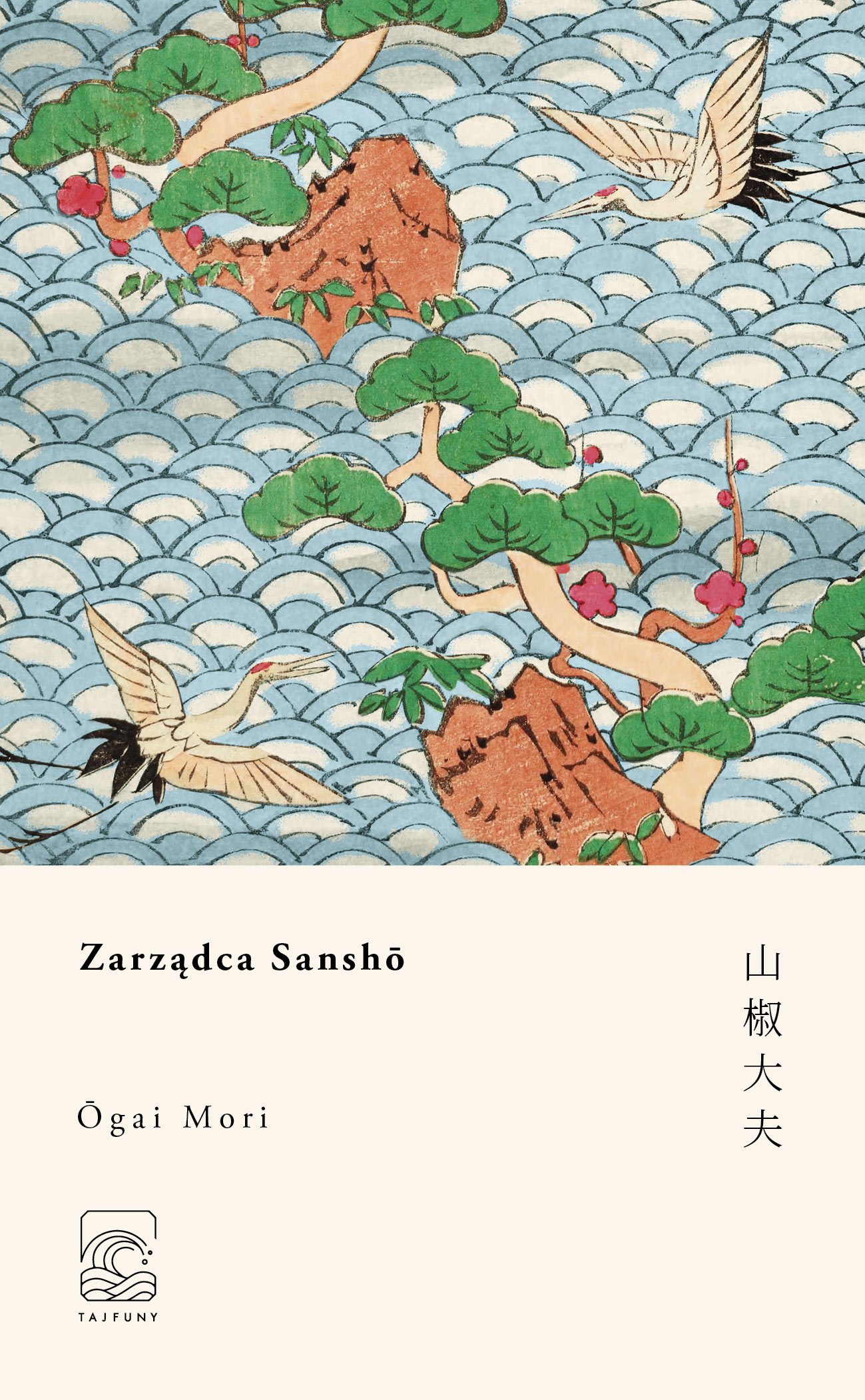
Part of Series
«En el bosque, bajo los cerezos en flor», puede y debe considerarse, sin duda alguna, una obra maestra del fantástico más grotesco, inquietante y poético.» Un despiadado ladrón se ha instalado en las montañas y aterroriza a los viajeros que osan cruzar el solitario paso de Suzuka, un camino poco frecuentado que atraviesa un misterioso bosque de cerezos. Un día, en una de sus habituales fechorías, el ladrón cae rendido ante la arrebatadora belleza de una enigmática mujer y decide llevársela consigo para convertirla en su esposa. Subyugado por su hermosura, el bandido se desvivirá por colmarla de oro y joyas y accederá a trasladarse con ella a la capital. Una vez allí, el deseo irrefrenable de la caprichosa mujer lo sumirá en una vorágine de muerte y locura que solo podrá llegar a su fin de una única forma. «En el bosque, bajo los cerezos en flor» es la esencia misma del relato fantástico y de horror, aquel que se basa tanto en lo contado como en lo que no se cuenta y donde el verdadero miedo yace en la naturaleza misma de la vida y sus preguntas sin respuesta. Incluye también «La princesa Yonaga y Mimio» y «El Gran Consejero Murakami» otros dos relatos de Ango Sakaguchi protagonizados por mujeres fatales en los que la belleza se torna en perversión y el deseo, en violencia.
Author

From Niigata, Sakaguchi (坂口安吾) was one of a group of young Japanese writers to rise to prominence in the years immediately following Japan's defeat in World War II. In 1946 he wrote his most famous essay, titled "Darakuron" ("On Decadence"), which examined the role of bushido during the war. It is widely argued that he saw postwar Japan as decadent, yet more truthful than a wartime Japan built on illusions like bushido. Ango was born in 1906, and was the 12th child of 13. He was born in the middle of a Japan perpetually at war. His father was the president of the Niigata Shinbun (Newspaper), a politician, and a poet. Ango wanted to be a writer at 16. He moved to Tokyo at 17, after hitting a teacher who caught him truanting. His father died from brain cancer the following year, leaving his family in massive debt. At 20, Ango taught for a year as a substitute teacher following secondary school. He became heavily involved in Buddhism and went to University to study Indian philosophy, graduating at the age of 25. Throughout his career as a student, Ango was very vocal in his opinions. He wrote various works of literature after graduating, receiving praise from writers such as Makino Shin’ichi. His literary career started around the same time as Japan’s expansion into Manchuria. He met his wife to be, Yada Tsuseko, at 27. His mother died when he was 37, in the middle of World War II. He struggled for recognition as a writer for years before finally finding it with “A Personal View of Japanese Culture” in 1942, and again with “On Decadence” in 1946. That same year, the Emperor formally declared himself a human being, not a god. Ango had a child at 48 with his second wife, Kaji Michio. He died from a brain aneurysm at age 48 in 1955.


